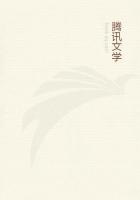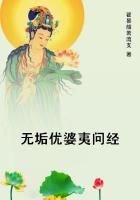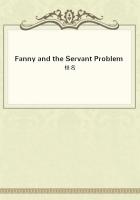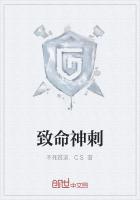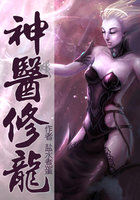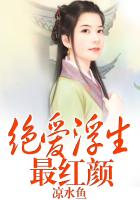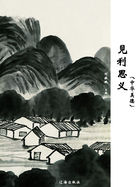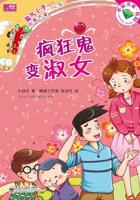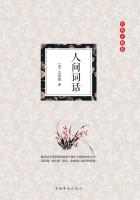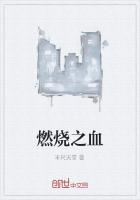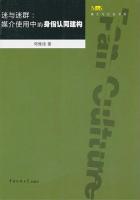A feature in the mythical character of Dionysus, which at first sight appears inconsistent with his nature as a deity of vegetation, is that he was often conceived and represented in animal shape, especially in the form, or at least with the horns, of a bull. Thus he is spoken of as cow-born, bull, bull-shaped, bull-faced, bull-browed, bull-horned, horn-bearing, two-horned, horned. He was believed to appear, at least occasionally, as a bull. His images were often, as at Cyzicus, made in bull shape, or with bull horns; and he was painted with horns. Types of the horned Dionysus are found amongst the surviving monuments of antiquity. On one statuette he appears clad in a bull's hide, the head, horns, and hoofs hanging down behind. Again, he is represented as a child with clusters of grapes round his brow, and a calf's head, with sprouting horns, attached to the back of his head. On a red-figured vase the god is portrayed as a calf-headed child seated on a woman's lap. The people of Cynaetha held a festival of Dionysus in winter, when men, who had greased their bodies with oil for the occasion, used to pick out a bull from the herd and carry it to the sanctuary of the god. Dionysus was supposed to inspire their choice of the particular bull, which probably represented the deity himself; for at his festivals he was believed to appear in bull form.
The women of Elis hailed him as a bull, and prayed him to come with his bull's foot. They sang, Come hither, Dionysus, to thy holy temple by the sea; come with the Graces to thy temple, rushing with thy bull's foot, O goodly bull, O goodly bull! The Bacchanals of Thrace wore horns in imitation of their god.
According to the myth, it was in the shape of a bull that he was torn to pieces by the Titans; and the Cretans, when they acted the sufferings and death of Dionysus, tore a live bull to pieces with their teeth. Indeed, the rending and devouring of live bulls and calves appear to have been a regular feature of the Dionysiac rites. When we consider the practice of portraying the god as a bull or with some of the features of the animal, the belief that he appeared in bull form to his worshippers at the sacred rites, and the legend that in bull form he had been torn in pieces, we cannot doubt that in rending and devouring a live bull at his festival the worshippers of Dionysus believed themselves to be killing the god, eating his flesh, and drinking his blood.
Another animal whose form Dionysus assumed was the goat. One of his names was Kid. At Athens and at Hermion he was worshipped under the title of the one of the Black Goatskin, and a legend ran that on a certain occasion he had appeared clad in the skin from which he took the title. In the wine-growing district of Phlius, where in autumn the plain is still thickly mantled with the red and golden foliage of the fading vines, there stood of old a bronze image of a goat, which the husbandmen plastered with gold-leaf as a means of protecting their vines against blight. The image probably represented the vine-god himself. To save him from the wrath of Hera, his father Zeus changed the youthful Dionysus into a kid; and when the gods fled to Egypt to escape the fury of Typhon, Dionysus was turned into a goat. Hence when his worshippers rent in pieces a live goat and devoured it raw, they must have believed that they were eating the body and blood of the god. The custom of tearing in pieces the bodies of animals and of men and then devouring them raw has been practised as a religious rite by savages in modern times. We need not therefore dismiss as a fable the testimony of antiquity to the observance of similar rites among the frenzied worshippers of Bacchus.

